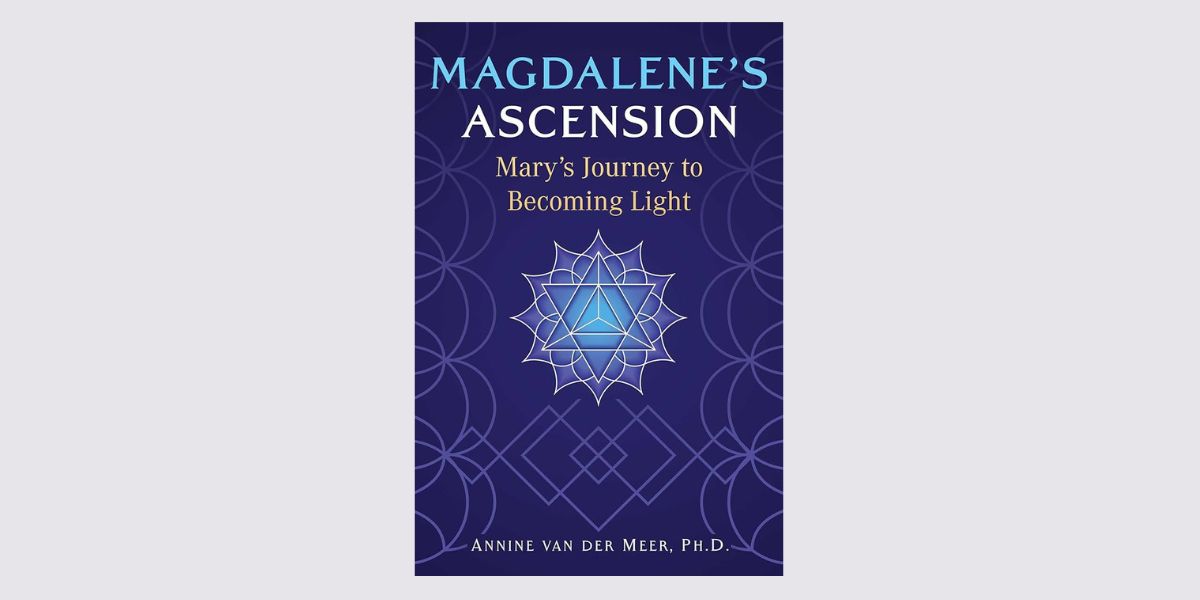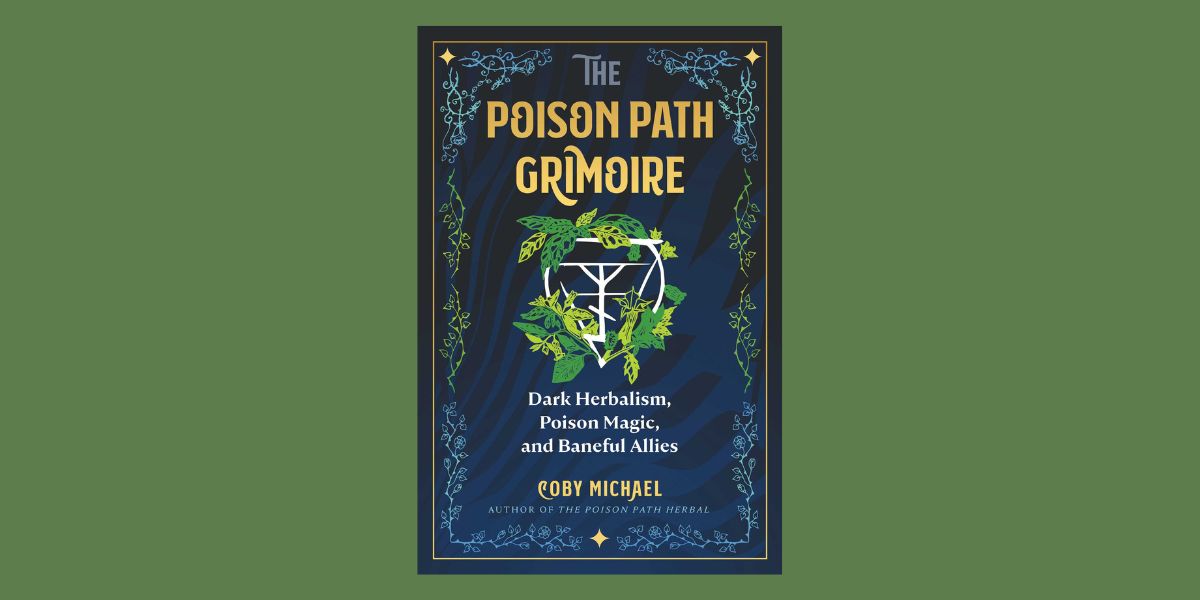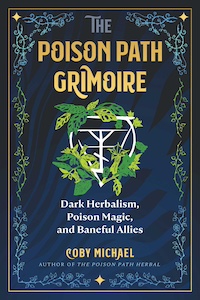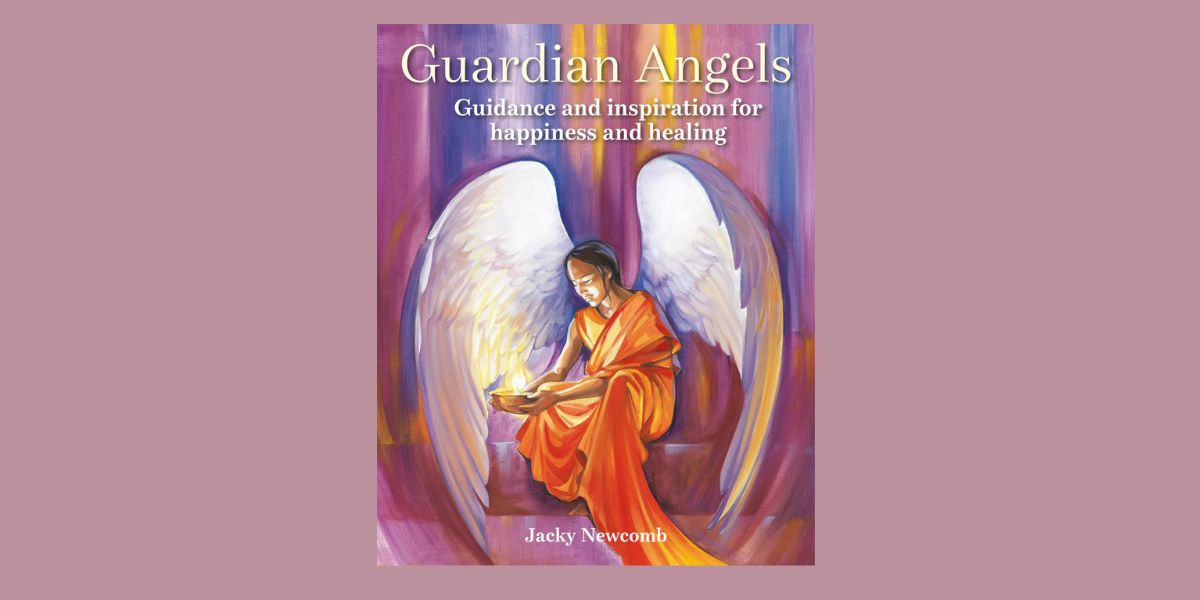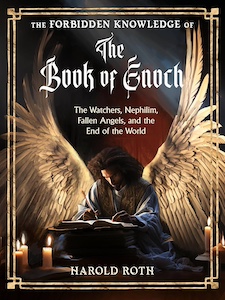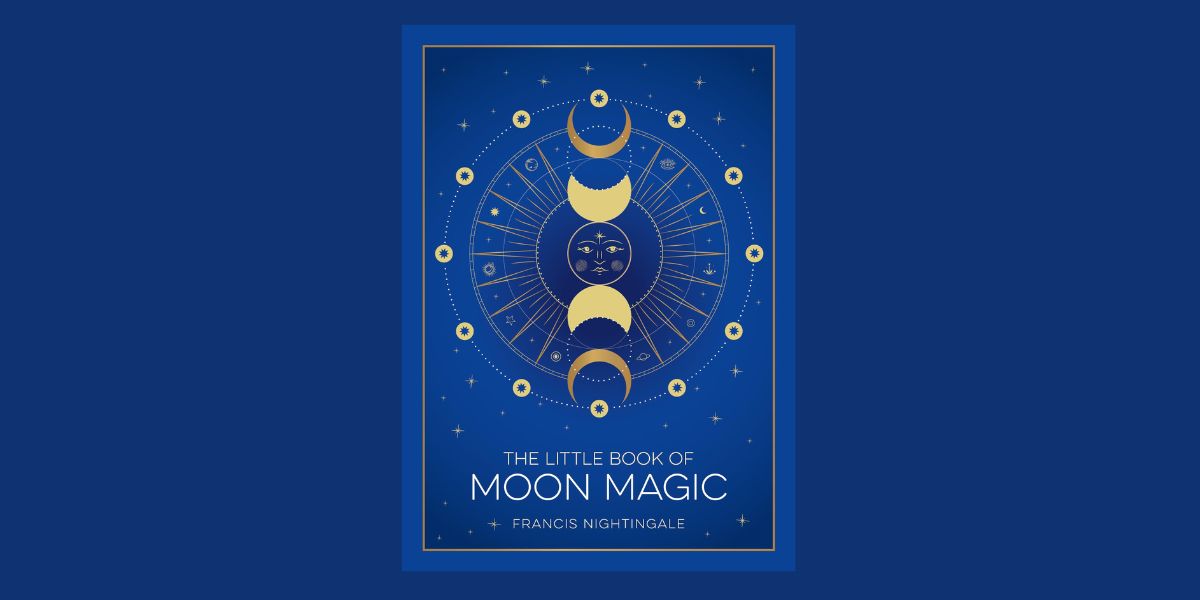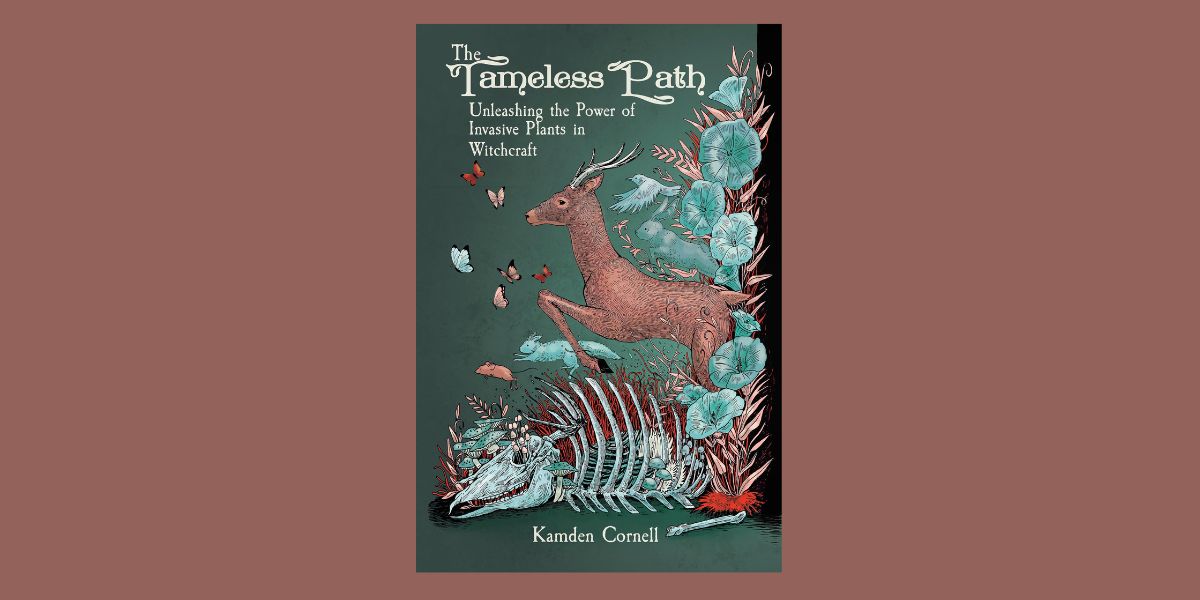
Magdalene’s Ascension: Mary’s Journey to Becoming Light, by Annine Van Der Meer, Ph.D.
Bear & Company, 1591435269, 416 pages, January 2025
Magdalene’s Ascension: Mary’s Journey to Becoming Light by Annine Van Der Meer, Ph.D., is a deep dive into early Christianity and the role Mary Magdalene had within it, specifically through her ascension process. Often misunderstood and overlooked in Christian narratives, Van Der Meer, a scholar with a profound understanding of religious history and feminine spirituality, embarks on a journey to shed light on the life and legacy of Mary Magdalene, portraying her as a pivotal figure in the spiritual realm.
Van Der Meer approaches the subject with rigor, combining biblical and early Christian canons, apocryphal texts of the Old and New testament, historical writing from classic antiquity, and alternative sources, such as channeled information and regression reports. Her work aims to uplift Mary Magdalene from the shadows of history, presenting her as a figure of light and wisdom. The book meticulously examines ancient texts, religious traditions, and historical contexts to reconstruct a more nuanced and empowering image of Mary Magdalene, while also drawing from a variety of channeled messages and regression reports that provide insights that have been missing from traditional texts.
As someone inclined to be a bit skeptical of the regressions, I felt more comfortable opening up to the idea while reading the first chapter “New Roads Open Up” in which Van Der Meer goes into great detail about others who have shared complied regressions that reveal insights into life during the time of Jesus. These include The Unknown Jesus by Joanne Klink, Jesus and the Essenes by Dolores Cannon, and The Essenes by Stuart Wilson and Joanna Prentis.
Additionally, I appreciated Van Der Meer’s explanation for “risking her reputation”1 focusing her work around The Gospel of the Beloved Companion, translated by Jehanne de Quillan, which is believed by some to be a first-century gospel of Mary Magdalene that has been preserved and kept hidden by “a closed Cathar community in western France”2. She states:
“My intuition, trained by a little less than fifty years of research into ancient pre- and early Christian texts, tells me that this text is pure and true, and this has been confirmed by measurements from spiritual radiesthesia…”3
The book is structured into seven portals (“Portal One”, “Portal Two”, and so on) that have between one to five chapters within. The early portals focus on Mary Magdalene’s personal ascension and then advance to her influence within collective ascension as the portals go higher. Throughout the book, Van Der Meer also included interludes between chapters where she shares specific historical sources, specifically separated from the alternative ones, to delve deeper into the topics discussed within the chapters.
There’s A LOT of information to absorb. Wanting to make sure I was fully comprehending everything, I moved extra slowly through this book, and I still feel I’ll often be going back again! Compared to other Mary Magdalene books I’ve read, such as Magdalene Mysteries by Seren and Azra Bertrand and The Magdalene Frequency by Adele Venneri, this one is more scholarly; there’s a great amount of Christian historical context contained within, and it makes for a very illuminating read.
While the central theme of the book is Mary Magdalene’s transformation and ascension, Van Der Meer also shares information about the Essense community, the family of Jesus (Anna, Joseph of Arimathea, and Mother Mary), and what happened after Jesus’s crucifixion. She discusses what happened to Daniel and Joseph of Arimathea afterwards, as well as how Mary Magdalene continued on her spiritual journey, travelling to France. Van Der Meer even asserts based on her research that Jesus might have survived the crucifixion and continued on to Asia. There’s a lot to contemplate, as the information certainly rewrites the history most people believe to be true, and I commend Van Der Meer for being so transparent about her sources to give readers the opportunity to ponder these revelations themselves.
I really enjoyed the chapters in “Portal Seven” that covered the quantum physics of ascension, the current revolution in consciousness, and our collective ascension. For me, these chapters were the fascinating bridge between ancient history and the importance of uncovering this hidden knowledge in modern times. Van Der Meer writes:
“It was Love that brought the universe into being, and Love that sustains it and provides the impetus for change within the consciousness of the sentient beings. Whatever spiritual path you choose, the transformative energy of Unconditional Love is there to support and nourish that path and carry through the process of change and transformation within the heart.”4
Overall, Magdalene’s Ascension is a compelling read for anyone interested in religious studies, spirituality, and the role of women in religion. Van Der Meer offers a refreshing and enlightening take on Mary Magdalene, inviting readers to reconsider her significance within Christianity. This book not only enriches our understanding of Mary Magdalene but also inspires a deeper reflection on the themes of light, transformation, and spiritual ascension happening now. This work is a testament to the power of re-examining historical narratives within pioneering spiritual technologies and modern scientific insight.
Alanna Kali is an astrologer, numerologist, and pioneer spirit that loves to explore life through the lens of depth psychology. She has a passion for studying the humanities and social trends. Her academic work is centered upon reuniting body, mind, and spirit through eco-psychology. She loves reading, spending time in nature, and travel.
